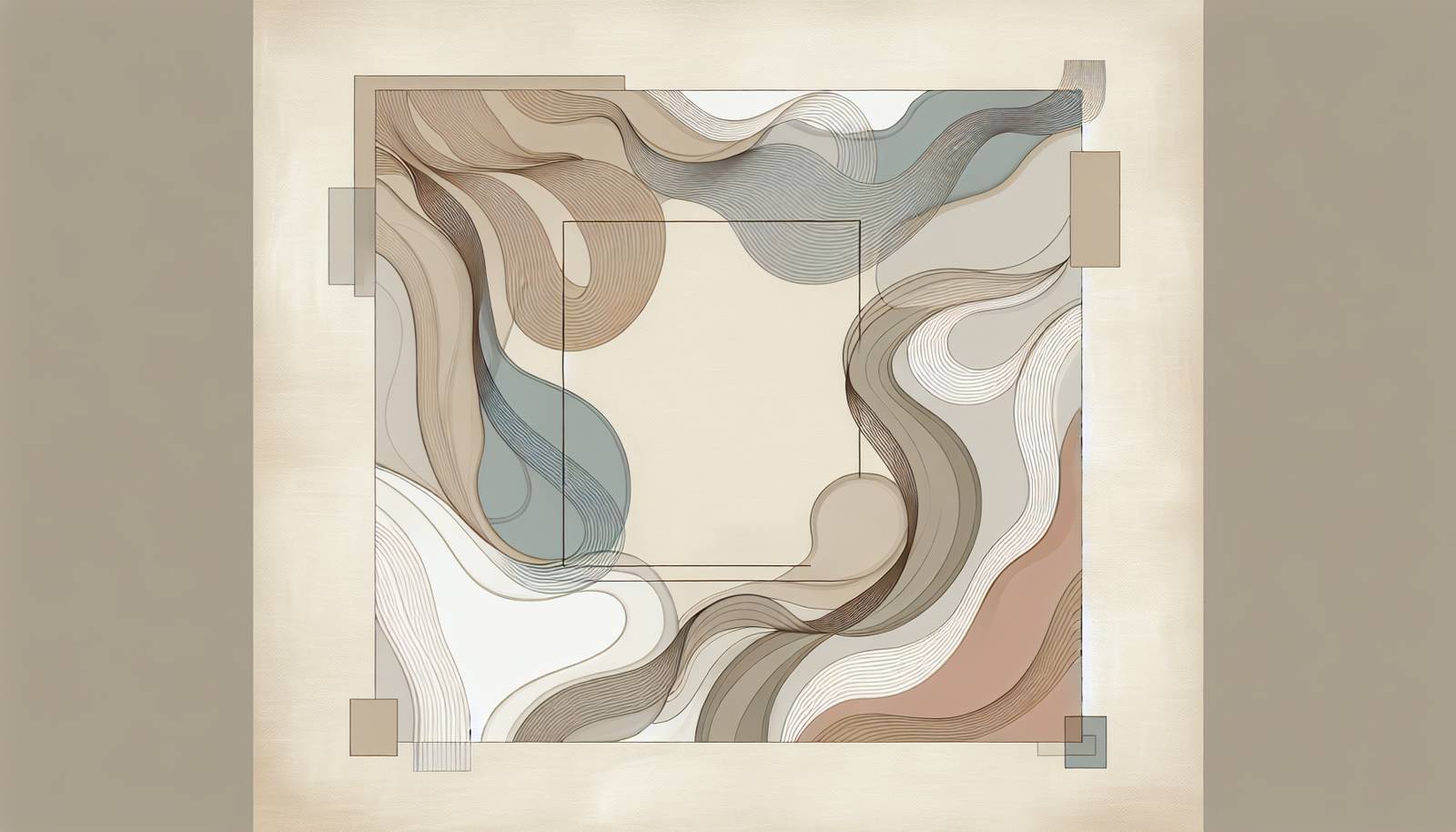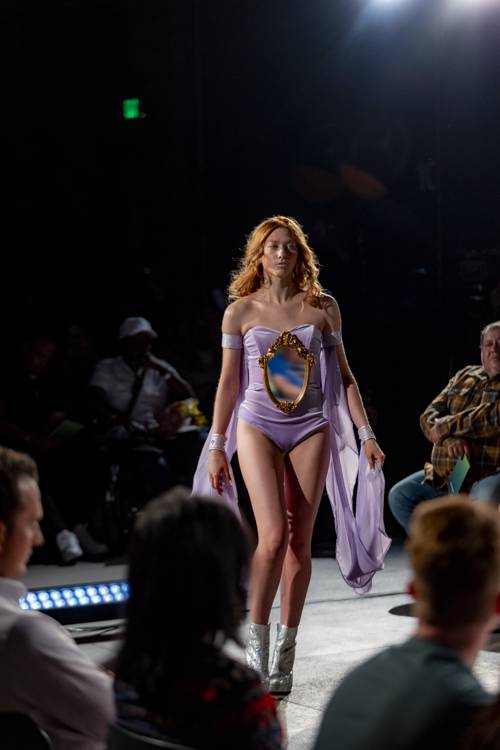
FAQ About The Impact of Fashion Photography on Body Image Perceptions

What is the influence of fashion photography on body image?
Fashion photography significantly influences body image by shaping and often idealizing certain body types and appearances. It creates visual representations that can set unrealistic beauty standards, which many individuals may strive to achieve. These representations often prioritize thinness, smooth skin, and specific facial features, impacting how people perceive their own bodies in comparison.

How does fashion photography affect cultural beauty standards?
Fashion photography often defines and reinforces cultural beauty standards by consistently presenting and popularizing certain aesthetic ideals. These standards are widely circulated through magazines, advertisements, and social media. As these images suggest what is considered "beautiful," they tend to influence public perception and expectations around beauty and self-worth.

Can fashion photography have positive effects on body image?
Yes, fashion photography can have positive effects on body image when it includes diverse representations of beauty. By showcasing models of various sizes, ethnicities, and abilities, it can promote wider acceptance and appreciation of different body types, leading to more inclusive cultural standards.

In what ways can fashion photography lead to unrealistic body expectations?
Fashion photography often uses techniques such as photo editing, strategic lighting, and angles to enhance and sometimes distort the model's appearance, creating images that appear flawless. These enhanced images can set unrealistic expectations for viewers about what their bodies should look like, often leading to dissatisfaction with their own body image.

Does social media amplify the impact of fashion photography on body image?
Social media amplifies the impact of fashion photography by increasing its accessibility and frequency. Platforms like Instagram and Pinterest allow fashion images to be seen by a broader audience rapidly, often accompanied by filters and edits that emphasize certain aesthetic traits, thereby perpetuating specific beauty ideals on a larger scale.

How are children and teenagers affected by fashion photography?
Children and teenagers are particularly susceptible to the influence of fashion photography as they are in formative stages of developing self-image and self-esteem. Exposure to idealized images can lead to increased body dissatisfaction, pressures to conform to certain beauty standards, and a higher incidence of issues related to body image like eating disorders.

What role do fashion brands play in shaping body image through photography?
Fashion brands play a critical role in shaping body image perceptions through their photography choices. By selecting models, artistic styles, and retouching techniques, brands can either perpetuate narrow beauty standards or promote body positivity by showcasing diverse body shapes and sizes. These decisions can influence public perception and cultural beauty norms directly.

How have recent trends in fashion photography addressed body image issues?
Recent trends in fashion photography have started addressing body image issues by embracing diversity and body positivity. Many brands and photographers now focus on realistic portrayals and inclusivity, featuring models of different sizes, ages, genders, and ethnic backgrounds, thus challenging traditional beauty standards and promoting self-acceptance.

What is the "body positivity" movement in fashion photography?
The "body positivity" movement in fashion photography aims to challenge conventional beauty standards by celebrating all body types. This movement encourages inclusive representation and seeks to lessen the stigma around unconventional body shapes and sizes, advocating for broader acceptance of diverse bodies.

How do fashion magazines impact societal expectations of beauty?
Fashion magazines significantly impact societal expectations of beauty by curating and disseminating imagery that often promotes specific beauty ideals. The repeated portrayal of certain looks and body types as desirable can influence readers' perceptions of beauty, shaping societal norms and expectations in the process.

What is the impact of retouching in fashion photography on body image?
Retouching in fashion photography can severely affect body image as it often creates a false sense of perfection that is unachievable in real life. This can lead to unrealistic expectations among viewers, fostering feelings of inadequacy and dissatisfaction with one's body when such perfection cannot be attained.

Do male models also face the same pressures in fashion photography?
Yes, male models also face pressures in fashion photography, as they are often expected to conform to specific body types and masculine ideals. This includes having a muscular physique, strong jawline, and certain facial features. These ideals can also impact men's body image and their perceptions of self-worth.

How can fashion photography be used to positively influence body image?
Fashion photography can be used positively by embracing diversity, authenticity, and inclusivity. By featuring unretouched images and a broad spectrum of body types, ethnicities, and gender expressions, fashion photography can promote broader acceptance of different forms of beauty, helping individuals appreciate their unique attributes.

What are common misconceptions about fashion photography and body image?
A common misconception is that fashion photography alone dictates body image perceptions. While it plays a significant role, other factors like culture, upbringing, and peer influence also contribute. Another misconception is that all fashion photography is negative, whereas the industry is increasingly adopting inclusive practices that foster positive body image.

How can individuals protect themselves from negative body image perceptions caused by fashion photography?
Individuals can protect themselves by developing media literacy skills, which help in critically assessing images and understanding the extent of retouching and staging involved. Additionally, curating a diverse media diet and following body-positive platforms and influencers can promote a healthier self-image.

Is there a legal framework regulating body image in fashion photography?
While there is no specific global legal framework regulating body image in fashion photography, some countries and organizations have guidelines. For instance, France requires labeling of retouched images, and organizations like the American Medical Association have called for an end to digitally enhanced photos that distort reality.

How do consumer demands influence fashion photography practices?
Consumer demands significantly influence fashion photography practices. As consumers increasingly prioritize authenticity and inclusivity, brands are compelled to respond by featuring diverse models and realistic portrayals. This shift in consumer expectations encourages more equitable representation in fashion photography.

What is the role of fashion photographers in shaping body image?
Fashion photographers have a pivotal role in shaping body image, as their creative choices—such as lighting, angles, and post-processing—influence the portrayal of models. Photographers can challenge stereotypes by opting for genuine representations over staged perfection, thereby contributing to a more balanced perspective on body image.

What have studies shown about the relationship between fashion photography and body dissatisfaction?
Studies have consistently shown a correlation between exposure to idealized fashion photography and increased body dissatisfaction. Images that emphasize certain beauty ideals can intensify feelings of inadequacy and have been linked to adverse outcomes like reduced self-esteem and increased risk of eating disorders.

How can the fashion industry promote a healthier body image through photography?
The fashion industry can promote a healthier body image by adopting practices that celebrate diversity and inclusivity. This includes working with models of all sizes and backgrounds, minimizing retouching, and emphasizing authenticity in visual content. By doing so, the industry can foster a more positive and realistic portrayal of beauty.
